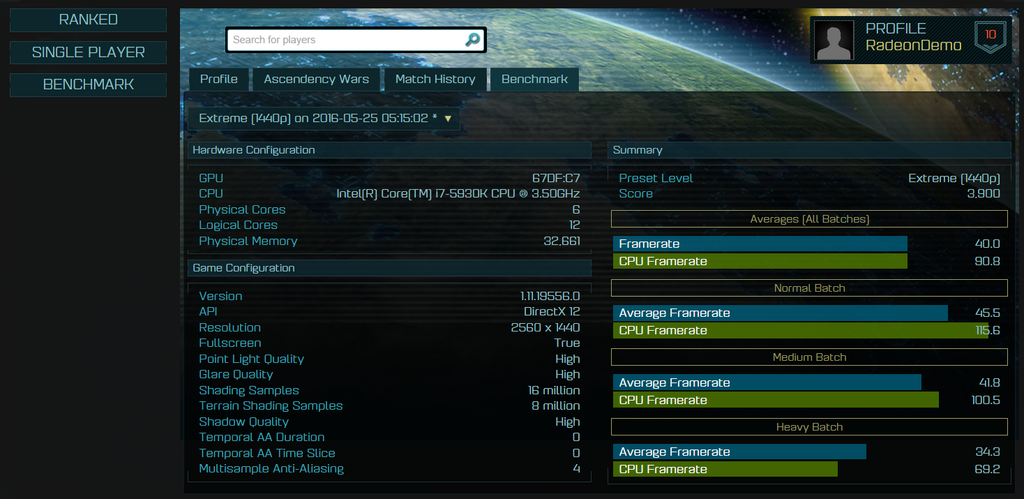D
Deleted member 13524
Guest
Because if that's the case, it's hard not to get the Nvidia card since they generally have way better past-proofing with DX11 and they won't be behind on future-proofing with DX12.
I don't know why there should be any doubt as to what card you should purchase within the next few months.
If your budget is $100-$300, you should wait and see what AMD has to offer with Polaris. If your budget is above $350 ($370 more precisely), then the Pascal cards are a no-brainer.
Unless you're thinking of a multi-GPU setup, there isn't a hard decision to be made. The new FinFet offers from both IHVs won't overlap during the next few months.
But if you're talking about pure future-proofing then I suggest you read this thread.
For the last 4 years, AMD GPUs have aged substantially better than Kepler in DX11 and Maxwell in DX12. Whether Pascal will turn this around or not, depends on how successful Gameworks is and how much you want to believe nvidia's PR.
If you're wondering if Async is or will be very important or not in the upcoming DX12/Vulkan games, this should answer your question.
Devs from Oxide (AoTS), idSoftware (Doom), Q-Games (Tomorrow Children) and Ubisoft Montreal (Far Cry Primal) all agree that Async gave them a big boost in games performance.
That should be worth a lot more than many arm-chair expert rambling you see in forums (though B3D in particular has some actual experts here e.g. sebbbi).
Last edited by a moderator:

